1. Interrupting Natural Water Flow
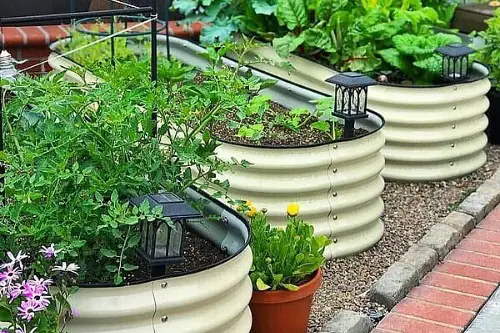
Built beds can divert water runoff, concentrating moisture or leaving patches bone dry. This uneven hydration affects not just plants, but the microorganisms and ground dwellers depending on soil consistency. Beds with solid bases or poor drainage can drown roots and create fungal imbalances. Water should be a cycle—not a bottleneck.
Install beds with drainage holes or open bottoms that mimic natural flow. Consider grading or berms around the bed to soften impact. Water is not just irrigation—it’s communication for ecosystems. Let it move like it’s meant to.
2. Cutting Off Natural Soil Connections
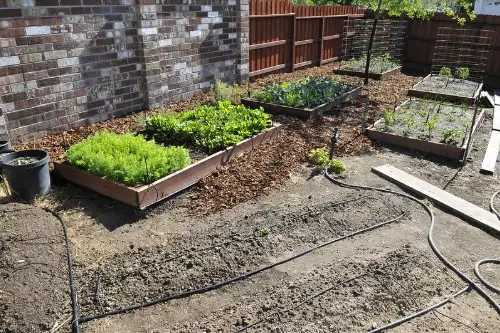
Raised beds often isolate plants from the native soil underneath—especially if lined with fabric or built deep and enclosed. This limits access to essential fungal networks like mycorrhizae, which help plants share nutrients and resist disease. Without those connections, your plants miss out on underground communication and support. It’s ecosystem silence beneath a beautiful frame.
Healthy gardens rely on soil continuity—where roots, microbes, and insects move freely. Raised beds should have open bottoms unless built on impermeable surfaces. Cutting off the soil is like building a house without plumbing. You can grow plants—but they won’t be part of the neighborhood.
3. Creating Microclimates That Stress Wildlife
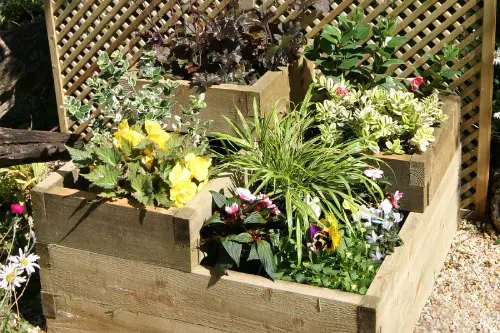
Wood-framed raised beds retain more heat and shift soil temperatures faster than ground-level gardens. In hot regions, this can make the soil inhospitable to worms, beetles, and beneficial insects. These microclimates can also impact ground-nesting bees, frogs, and soil-dwelling critters. What’s cozy for plants may be punishing for allies.
Add shade cloths, mulch layers, or nearby low-growth zones to balance out the temperature swings. Avoid metal beds in direct sun, which intensify heat even further. Wildlife needs consistent zones to thrive—not abrupt environmental shifts. Comfort should be mutual, not one-sided.
4. Using Treated or Toxic Materials
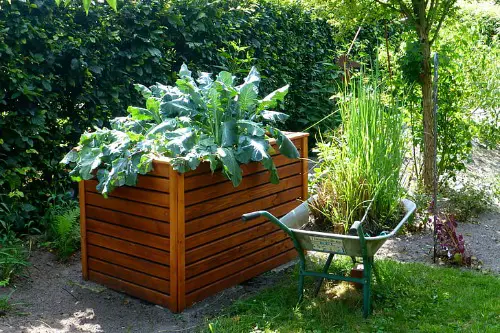
Raised beds built from pressure-treated wood, railroad ties, or synthetic composites may leach chemicals into the soil. While they look durable, these materials can harm soil microbes and impact plant health over time. Nearby insects and birds may also ingest contaminated runoff or residue. Longevity shouldn’t come at the cost of life.
Opt for untreated cedar, recycled brick, or food-safe metal alternatives. Natural materials support clean soil and honest growth. It’s better to replace a board in five years than poison the soil for twenty. Durability should never override stewardship.
5. Reducing Habitat Complexity
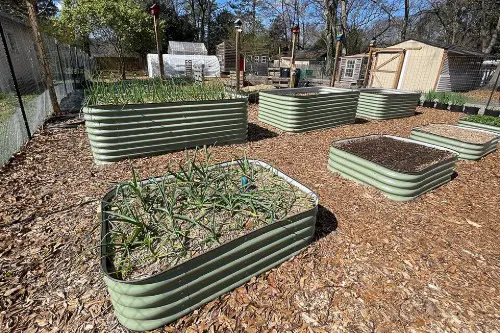
Raised beds often lead to clean, segmented garden layouts that minimize “mess”—but also minimize habitat. The uniformity removes leaf litter, dense corners, and moisture pockets needed by amphibians, insects, and ground animals. Complexity fuels life by offering refuge, shade, and diversity. A neat bed may be convenient, but it’s rarely ecological.
Include layers and irregular zones nearby—logs, stones, cover plants—to restore habitat variety. Avoid sweeping too clean or landscaping too tight. Mess supports survival in ways that order cannot. Make space for life beyond the frame.
6. Blocking Access for Ground-Dwelling Species
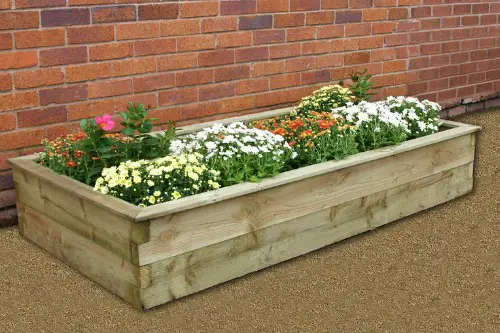
Higher beds with steep sides or closed frames may exclude insects, frogs, and even small mammals. While this deters pests, it also deters pollinators and decomposers trying to migrate. A garden isolated from the ground is isolated from its purpose. Nature doesn’t follow walls.
Create ramps, mixed-height plantings, or path integration to invite movement. Accessibility isn’t just for humans—it’s for helpful allies too. When species can travel, ecosystems thrive. Elevation should never mean exclusion.
7. Overuse of Commercial Soil Mixes
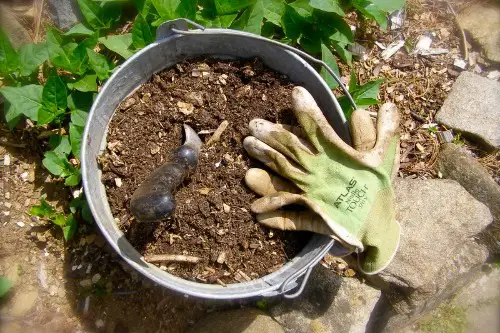
Raised beds often rely on store-bought soil blends full of peat, composted waste, and synthetic nutrients. These mixes may lack biodiversity, and many contain materials that compact or deplete quickly. Over-reliance on “designer dirt” can stifle microbial variety. A garden needs more than good texture—it needs living matter.
Boost with native soil, leaf mold, and slow-release organic inputs that invite beneficial fungi and bacteria. Soil should evolve—not just sit pretty. A vibrant bed starts beneath the surface. Microbes make magic—if you let them.
8. Encouraging Monoculture Planting
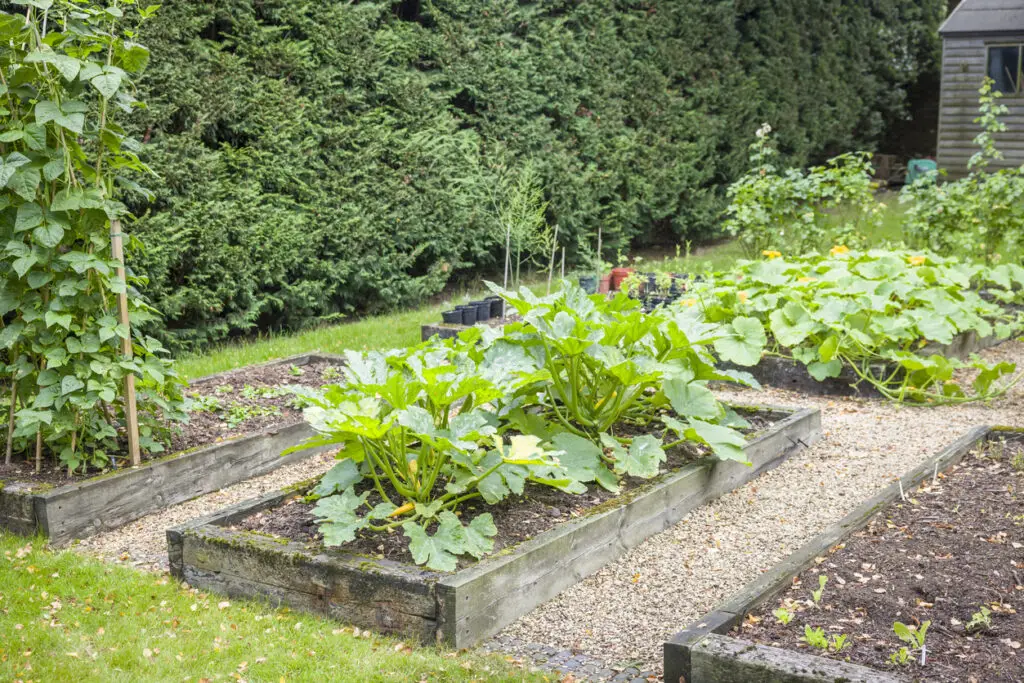
Small raised beds often favor aesthetic layouts—rows of identical herbs, symmetrical veggies, or single-bloom showcases. While pretty, this limits biodiversity and can invite pests that specialize in one crop. Monoculture breaks nature’s balance and weakens resilience. Variety is the bedrock of health.
Instead, interplant flowers, legumes, and different root depths for complexity. Companion planting builds chemical and spatial harmony. Raised beds should be compositions—not equations. The more species you welcome, the fewer problems you host.
9. Reinforcing Garden-as-Island Thinking
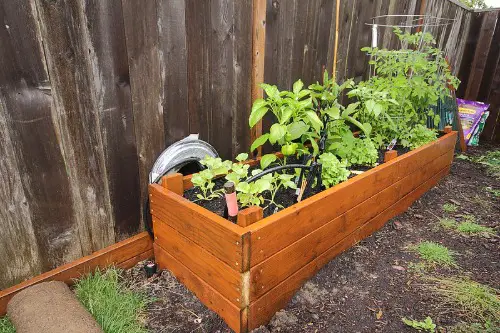
The very concept of raised beds can reinforce the idea that gardening is something separate from nature—a curated patch in isolation. This mindset leads to over-controlling weeds, ignoring wild zones, or treating local wildlife as intruders. But gardens should be integrated, not quarantined. They’re part of something bigger.
To shift perspective, allow edges to soften, integrate native plants, and think about what your garden gives back—not just what it looks like. Ecosystems love permeability and exchange. Raised beds are tools—but the goal is relationship. Connection is the most beautiful harvest.
This post 9 Ways Your Raised Beds Might Be Hurting Your Garden’s Ecosystem was first published on Greenhouse Black.
